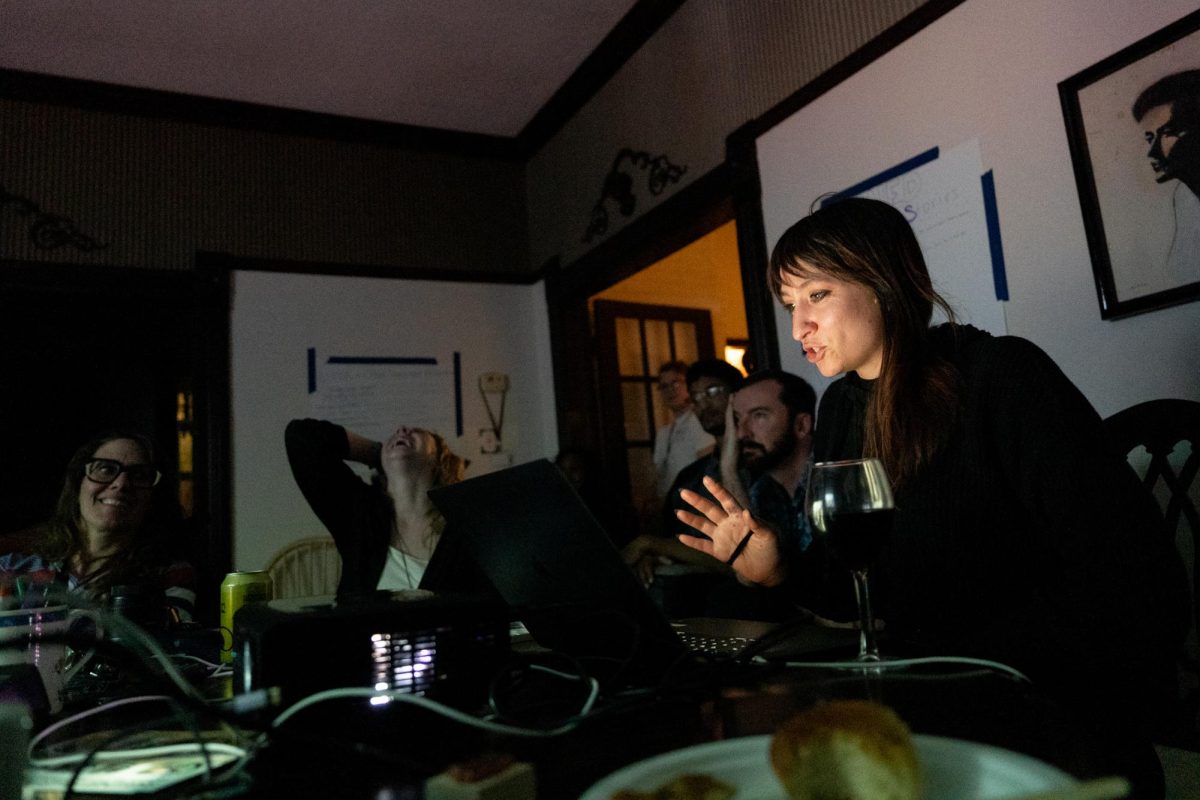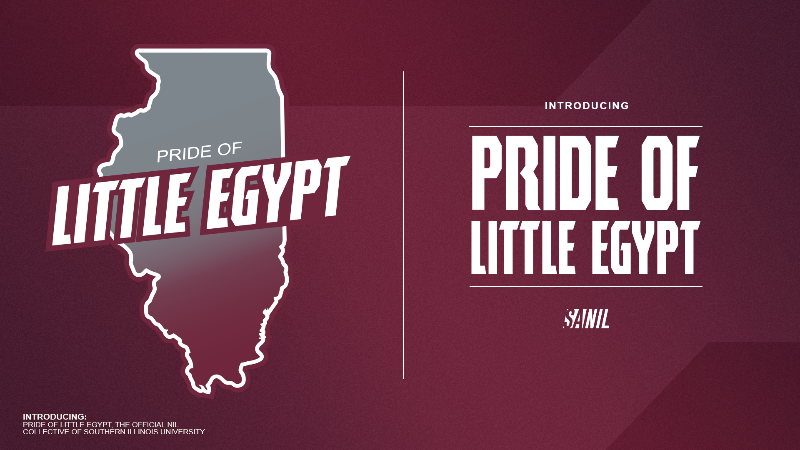Sc-airwaves
October 10, 2013
The Murder House, a popular Los Angeles spook destination filled with the trapped souls of previous tenants.
An asylum riddled with sadistic nuns and mutated patients.
A mysterious boarding school for talented young witches.
Advertisement
The above settings might seem like what one might find in their local video store horror section. However, they actually describe the first three seasons of the acclaimed FX hit “American Horror Story.”
Each season of “American Horror Story” focuses on a new story, is set in a different place, and has all new characters, but uses the same actors.
The unique way the show is constructed changed the genre on television and sparked an interest that was always there and had a fan base. After “American Horror Story” premiered and was successful, shows like “Bates Motel,” “Hannibal,” and “Sleepy Hollow” popped up on networks to a positive response.
“Bates Motel” and “Hannibal” are both going on a second season and “Sleepy Hollow” premiered with 10 million viewers.
Why the sudden influx of horror on cable television? Novotny Lawrence, an associate professor and acting Radio-Television department chair, said the horror genre’s move to television has been influenced by the popularity and success of scary movies.
“It’s influenced by novels and film,” he said. “Film influences television. It tells us what that language should be, what it looks like, and to a large extent what it can do albeit for a larger audience.”
Lawrence said the success of horror on television has to do with the success of horror in movie theatres through films like “Insidious” and its subsequent sequel.
Advertisement*
“Success begets success. Once again you have to look at prevailing trends, probably even in cinema and the way that tends to inform TV,” he said. “We’ve seen films like ‘Paranormal Activity’ do very well, you’ve seen others try to mimic that.”
Genres typically ebb and flow, and the horror genre is no exception, dipping in the 90’s and then again in the new millennium until films like “Paranormal Activity” bring it back, Lawrence said.
“Horror was seemingly dead until around 1996 when ‘Scream’ came out and then that gains an interest in horror again,” he said. “So, we start getting things like ‘I Know What You Did Last Summer,’ obviously you get the sequels to ‘Scream,’ you get all these other horror movies that start to come out. And then it starts to decline again but, then people find new ways to do it.”
Cable networks can take horror to another level and explore stories in more depth, he said.
“Now we’re at a high point given the success of some films and now we’re able to cross over into TV,” Lawrence said. “Cable networks can go a little further than traditional television networks, so you can do more on FX as a cable channel than you can do on ABC or NBC. You can push the envelope a little bit more.”
The influx of horror television shows can also provide audiences the rush they are looking for. Michael Hoane, a psychology professor in cognitive and brain sciences, said people like to be scared because of the physiological response of the body involving adrenaline, endorphins and dopamine rushes.
“It’s really no different than sex pleasure or anything like that,” he said. “It seems weird that people would like to be scared, but it induces a physiological response cascade that people find kind of pleasurable.”
Hoane said there is a strong relationship between the more thrill-seeking a person is and the expenses at which they pursue being scared.
“In part, that’s what thrill-seeking is. You’re putting yourself in a certain level of danger and that fear of something happening is what’s kind of driving that rush,” Hoane said. “It’s a lot safer to go to a haunted house to get the same sort of rush without plummeting 10,000 feet with a parachute.”
Hoane said when humans are scared they go into fight or flight mode, or an adrenaline rush that prepares the body for going into action or fleeing.
“Though fight or flight is really for survival, it still kicks in during a non-threatening situation, like in a movie,” he said. “You still get those tweaks of excitement that kind of make you feel more alive, so to speak. Ultimately, whenever you’re pairing stimuli with surges of dopamine in the pleasure center of the brain, it’s naturally reinforcing so you start seeking that out more.”
While horror shows can provide the scares audiences crave, one student said she watches these programs to avoid the stresses of everyday life. Kayla Klapp, a senior studying radio television and digital from media Galesburg, is a fan of American Horror Story and True Blood.
“I think these shows are so popular because they provide an escape from reality for many people,” Klapp said. “You are able to go to a world that only exists in our heads.”
Klapp said this spooky trend is not a fad and will not fade away.
“If you take a look at history, the television horror genre has always been here in some way,” Klapp said. “I especially remember being a little kid watching things like ‘Courage the Cowardly Dog’ on Cartoon Network and ‘Are You Afraid of the Dark?’ on Nickelodeon, as well as ‘Goosebumps’, with those in particular targeted to younger audiences, however, their premise remained at scaring audiences or making you fearful at any point. Even far before my time, there were popular horror television series such as ‘The Twilight Zone’ from the 1960s.”
Klapp said fans enjoy the comfort of being terrified at home and keeping the monsters at a distance.
“We are able to be terrified and shocked from the comfort of our couch without any real physical threat,” she said. “TV horror may not always be at the very forefront, but it certainly will always have a place on television.”
“American Horror Story” returned Wednesday on FX for its third season, “Coven.”
Advertisement







